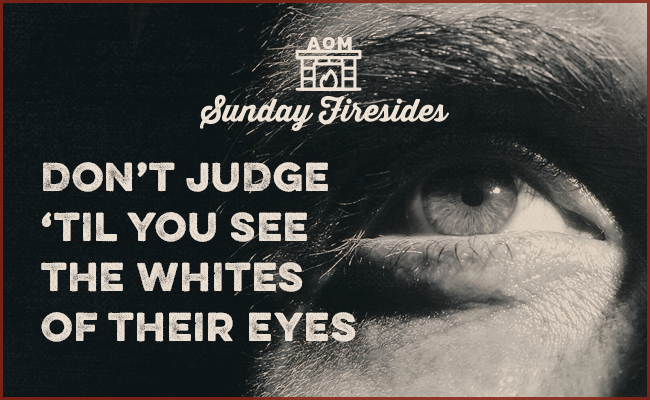
Have you ever had a heated disagreement with a significant other over text? You were sure an inherent flaw of theirs was to blame, and the perceived size of this flaw, along with your anger, exponentially grew as the argument progressed. Yet, when you finally got together face-to-face, feelings of affection flooded back, and your resentment instantly melted away.
Or have you ever had a friend you thought you liked immensely . . . until you started following them on social media? The longer it’d been since you’d hung out in real life, and the more their digital posts became your only interaction, the more you started to feel like you actually couldn’t stand them. Yet, when you did meet up again, you thought, “No, no, I do like this person!â€
More and more of our communication these days is done in the absence of our bodies, and even our voices. But people were meant to connect in the flesh; 93% of communication is nonverbal.
When we are physically present with someone, our brain activity and biochemistry literally sync up. Our minds simulate what the other person is feeling, creating greater understanding.
Most importantly, when we meet face-to-face, we see someone holistically. Rather than seizing on the single, brittle dimension that can be rendered through gigabytes, we remember all their endearing qualities. All the happy shared memories. All the goodness which transcends our differences. We discover the nuance of their thoughts; the actions they’ve taken privately but haven’t performed for one-bit indicators of affirmation.
We see them as humans, instead of abstractions.
In war, there was an old adage, meant to preserve ammunition, which went: “Don’t fire ‘til you see the whites of their eyes.â€
In the modern technological age, we’d be well-served to adopt this variation: “Don’t judge ‘til you see the windows to their souls.â€


